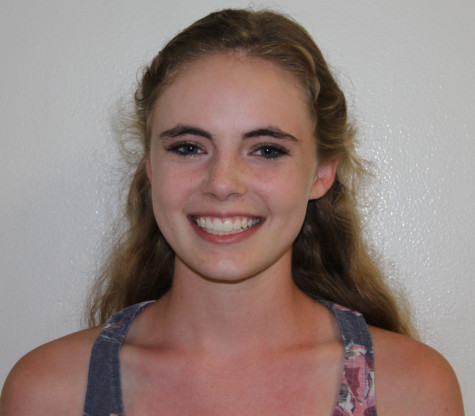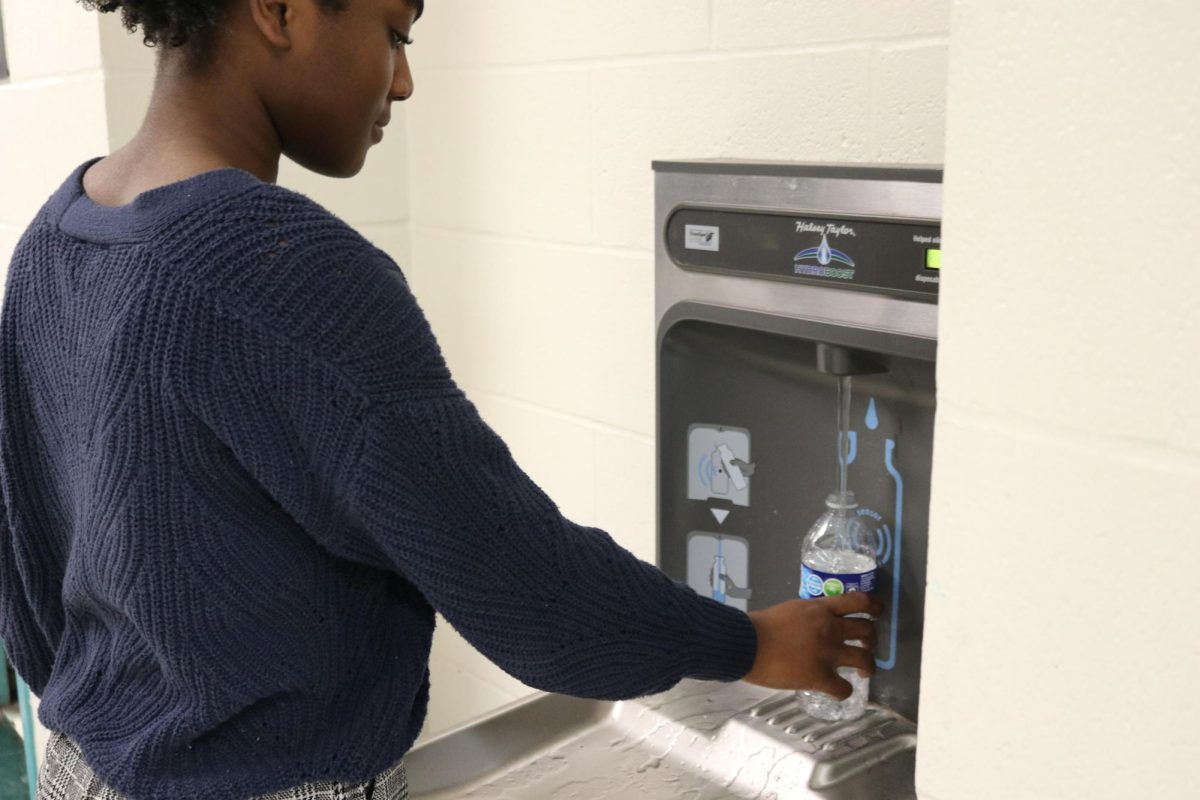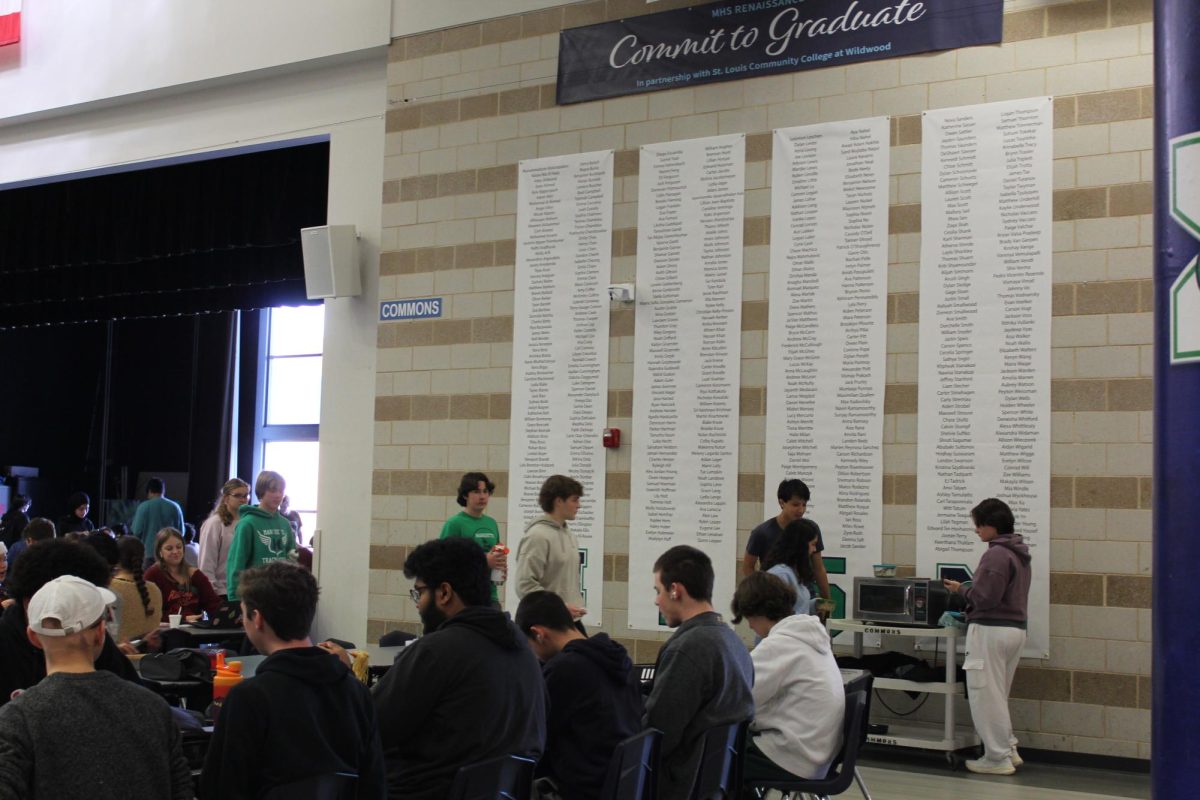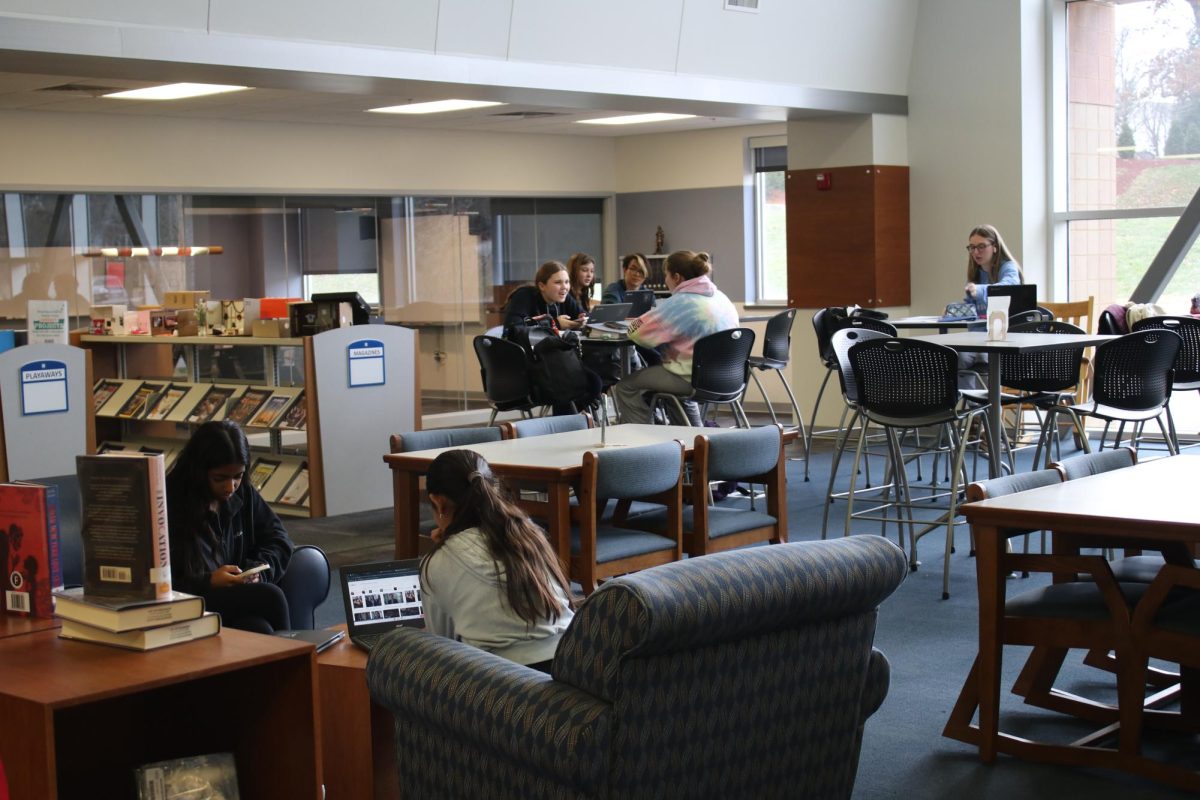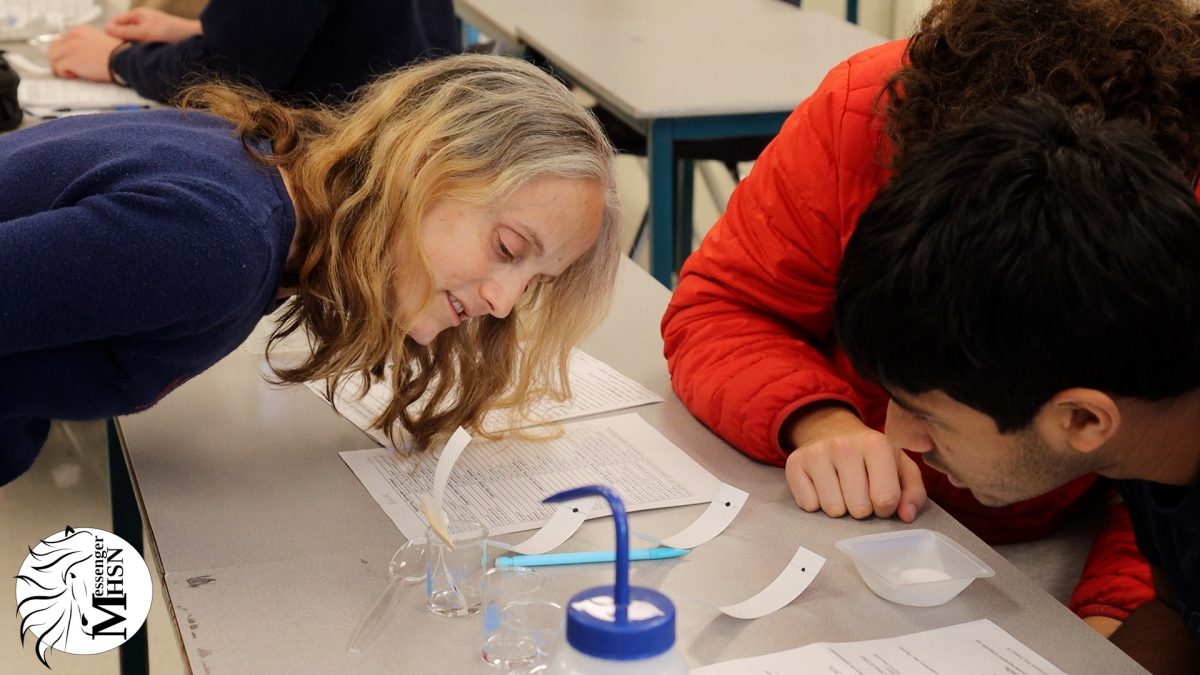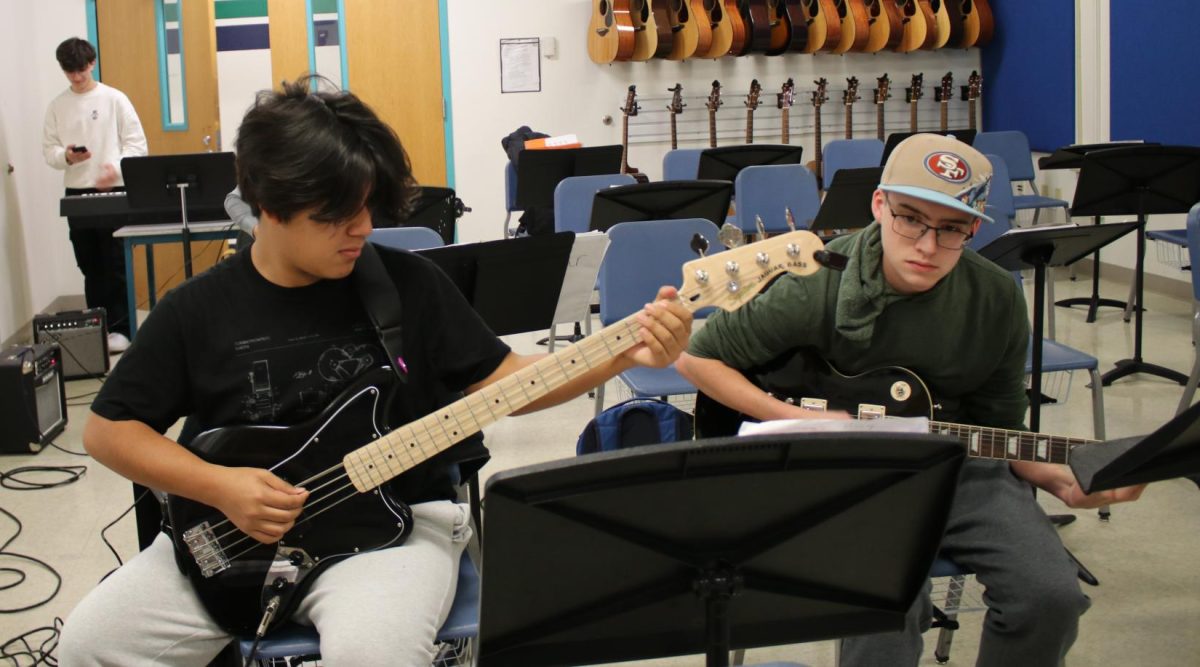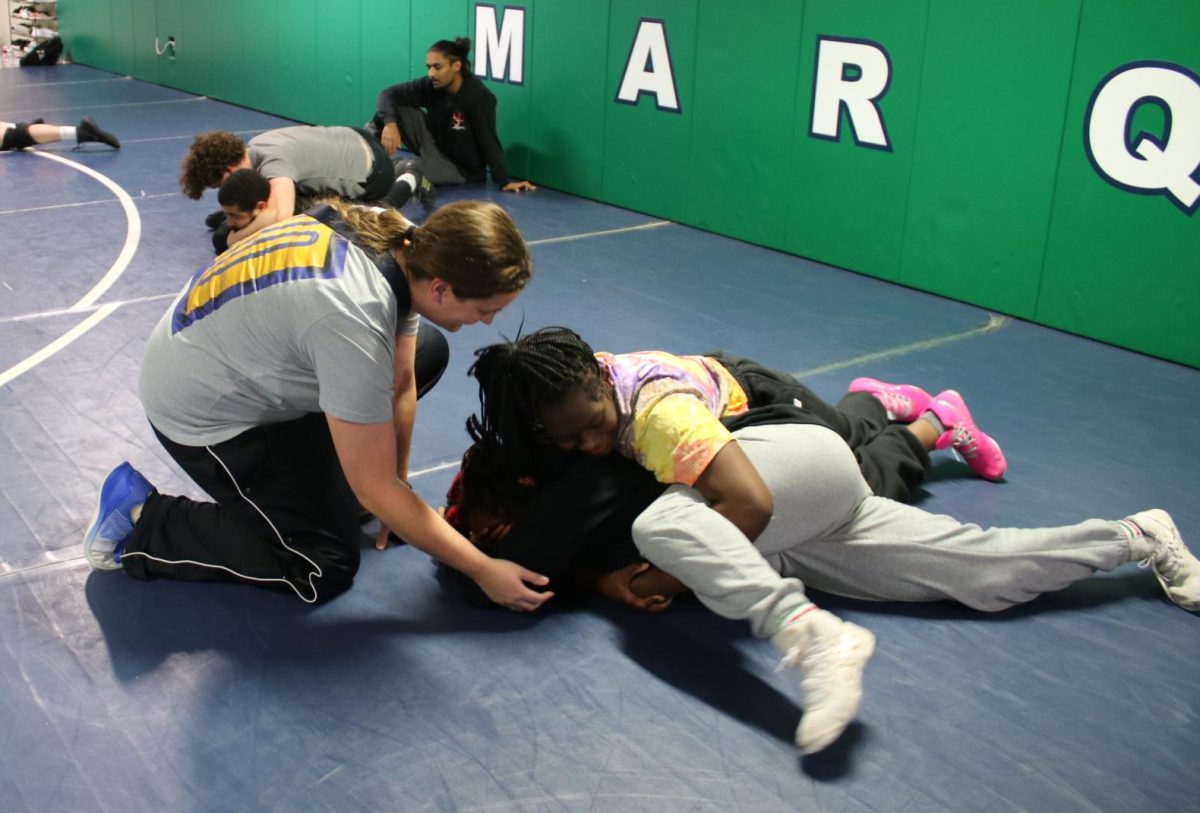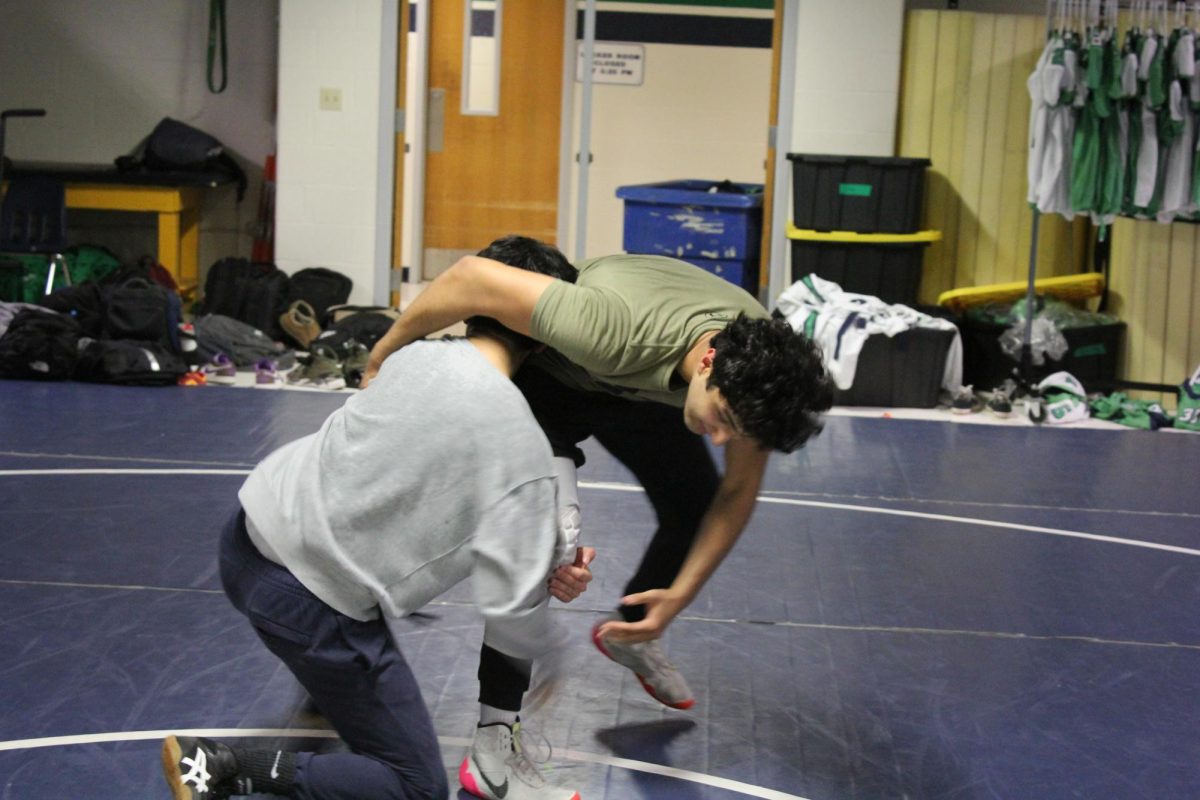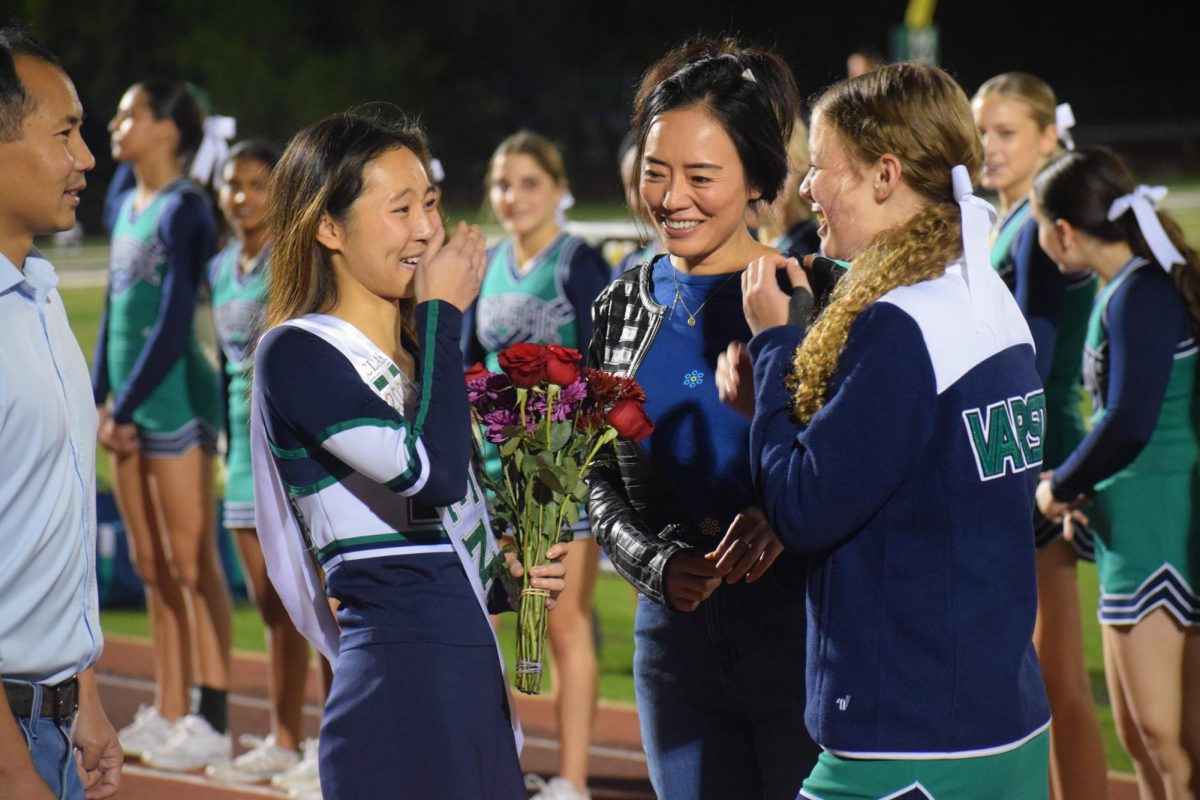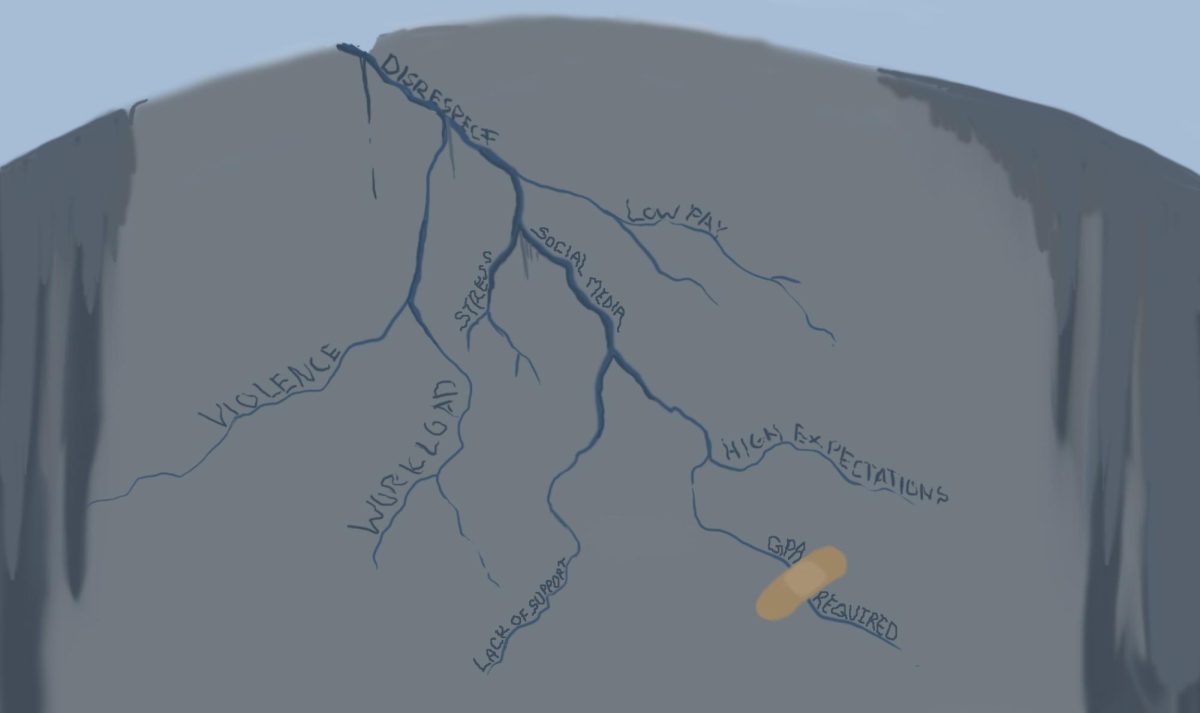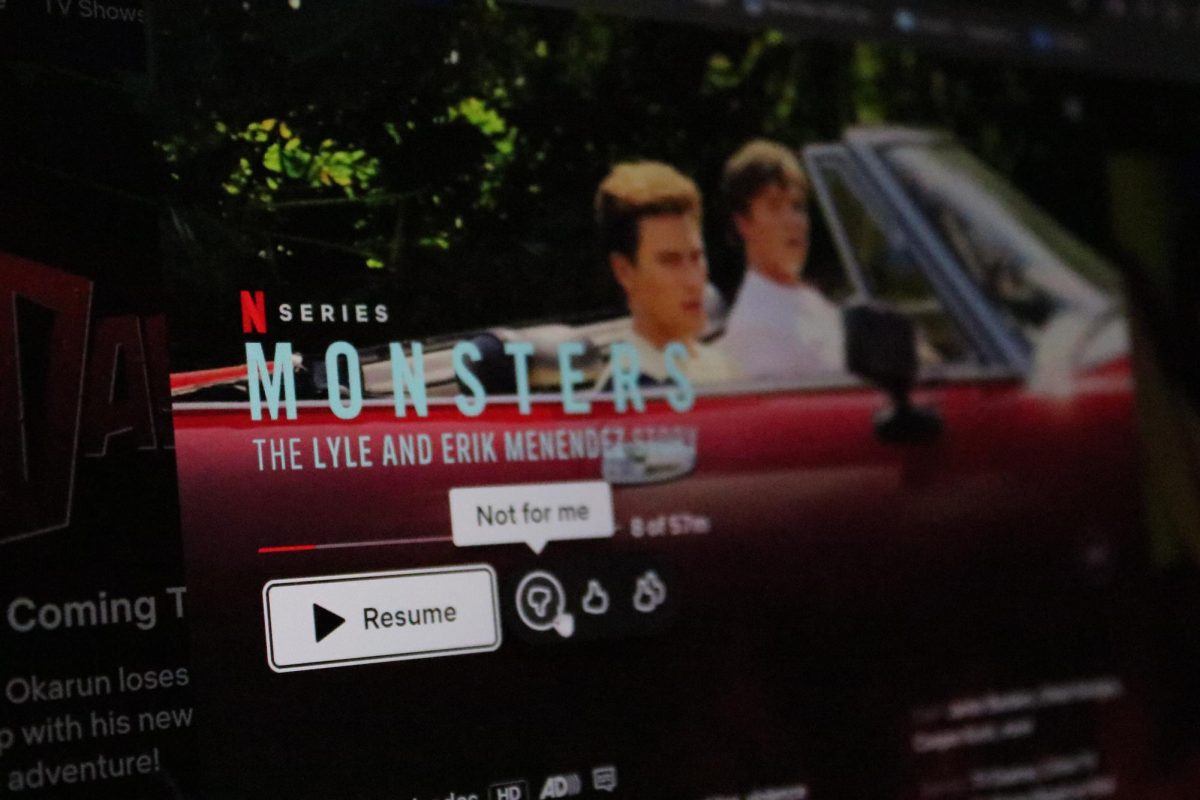Robotics receives 3D printer from grant
April 10, 2015
A 3D printer sounds like something out of a science fiction movie, but there are now two 3D printers at MHS, one for the engineering program, and one for the robotics team.
Just last year, having a 3D printer was a rare advantage for a robotics team, with just a handful of schools having the technology. However, now, 3D printers have become commonplace.
“This year, most of the robotics teams actually have 3D printers,” Amar Mohanty, captain of the Baryons robotics team, said. “It’s almost become standard to have a 3D printer in a robotics team.”
The printer was purchased with money Rockwood received from a grant from Coca-Cola and will be used to create parts for the team’s robot, Mohanty said.
“In robotics, oftentimes we are given a list of parts, however we are allowed to make our own custom built parts,” Mohanty said. “So if we ever wanted to build our own parts we can always use a 3D printer.”
However, learning to use the new technology has proven to be a challenge for the robotics team.
“Unfortunately we fell into some problems with the 3D printer because we broke it twice,” Mohanty said.
The robotics team attended the Super Regionals competition in Des Moines, Iowa at the end of March, and while they did not advance to the world competition, it was the first time the team had made it that far. However due to setbacks with the 3D printer, the robotics team was not able to use it for Super Regionals.
“In the end we just didn’t get enough time because it kept breaking,” Dylan Ozersky, Computer Aided Design Developer for the team, said. “Apparently that’s been a big problem with this type of 3D printer so we had to fix it multiple times for multiple reasons. It’s still broken and will take a long time to fix, sadly.”
However even though the team did not advance, they did well and Super Regionals was still a good experience, Ozersky said.
“We did very well judging, but we didn’t do all that great in the actual competition part,” Ozersky said. “It was worth going anyways.”
What made the trip worthwhile was how much the team was able to learn about robotics, Ozersky said.
“We learned what the setting is and how the judges judge differently than at other competitions,” Ozersky said. “We got to understand the environment better and different strategies we never saw before.”
For example, the MHS team only had PVC pipe scaffolding to decorate their area, while other teams had full-blown pavilions and laser etched frames, Ozersky said.
The team feels hopeful for next year though, Ozersky said, due to their new knowledge of the competition and the 3D printer, which will be a big asset one they master the technology.
Beth Dierker, team sponsor, also said the competition was a good learning experience, even though the team did not advance.
“We did not do as well as we wanted to, but we learned a lot from other robots,” Dierker said.
Dierker also said that the printer will greatly benefit the team by allowing them to create custom parts, however there are limitations to the printers’ capabilities.
“It can only produce parts that are designed in Inventor or a similar program,” DIerker said.
The printer is limited to printing objects that are fairly small, takes a long time to print one object, and can be difficult to set up, but the future of the team, and the printer, seems bright.
Mohanty said he feels especially hopeful for next year.
“With this experience under our belt, I know for a fact that we can make it to the World Competition next year,” Mohanty said.



